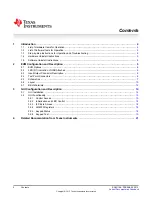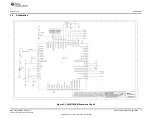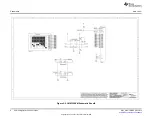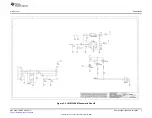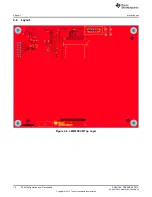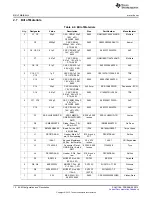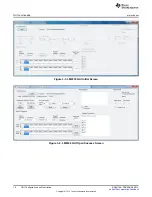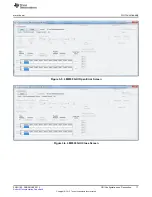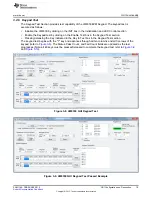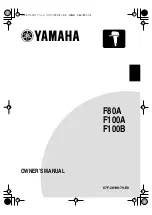
Chapter 1
SNVU166 – FEBRUARY 2013
Introduction
The Texas Instruments (TI) LM8330 evaluation module (EVM) helps designers evaluate the operation and
performance of the LM8330 I
2
C ™ Keyscan Controller. The LM8330 keyscan operates from a 1.8V supply
and supports 7- and 10-bit I
2
C addressing in both Standard (100 kHz) and Fast (400 kHz) modes. It offers
exceptional ESD performance designed to tolerate IEC6100-4-2 level 4 ±8 kV direct contact. With 20
configurable GPIO pins, it can support 12x8 keypad array. This operation frees the processor from
scanning the keypad for presses and releases, thus saving power and bandwidth of the system.
The LM8330EVM serves as an I
2
C interface adapter between a host PC, the LM8330, and/or other I
2
C-
compatible devices externally connected to the EVM. The communication between the EVM and host PC
is via USB (through a standard type-A to type-B USB cable), while the communication between the EVM,
the LM8330, and/or other slave devices is via I
2
C bus. The EVM converts communication transactions
between the USB and I
2
C. The LM8330EVM is a USB powered device with no external power supply
required.
1.1
List of Hardware Items for Operation
To operate the LM8330EVM, the following items are required:
•
The LM8330EVM
•
Standard type-A to type-B mini-USB cable
•
PC with Windows XP, Win7 or later operating system installed
The LM8330EVM contains a USB-to-I
2
C convertor (MSP430F5529), USB ESD Protection, LDOs, Level
Shifters, and the LM8330.
Table 1-1. Device and Package Configurations
Reference Designator
Device
Package
U1
MSP430F5529IPN
LQFP-80
U2
LM8330
YFQ-25
U3
LP5990TM-1.8/NOPB
YFQ-4
U4
SN74AVC1T45YZPR
YZP-6
U5
TPS73533DRB
DRB-8
U6
TPD4E004DRY
DRY-6
U7
SN74AVC1T45YZPR
YZP-6
U8
PCA9306DQER
DQE-8
1.2
List of Software Items for Operation
In addition to the hardware items listed in
, this software is required:
•
Demo GUI Software (LM8330.exe)
The software can be downloaded from the TI website at www.ti.com.
The EVM is recognized by a PC as a generic human interface device (HID), which is supported by the
built-in USB/HID drivers of the Windows XP or later operating system. Therefore, it is plug-and-play, and
no proprietary USB driver is required.
4
Introduction
SNVU166 – FEBRUARY 2013
Copyright © 2013, Texas Instruments Incorporated


